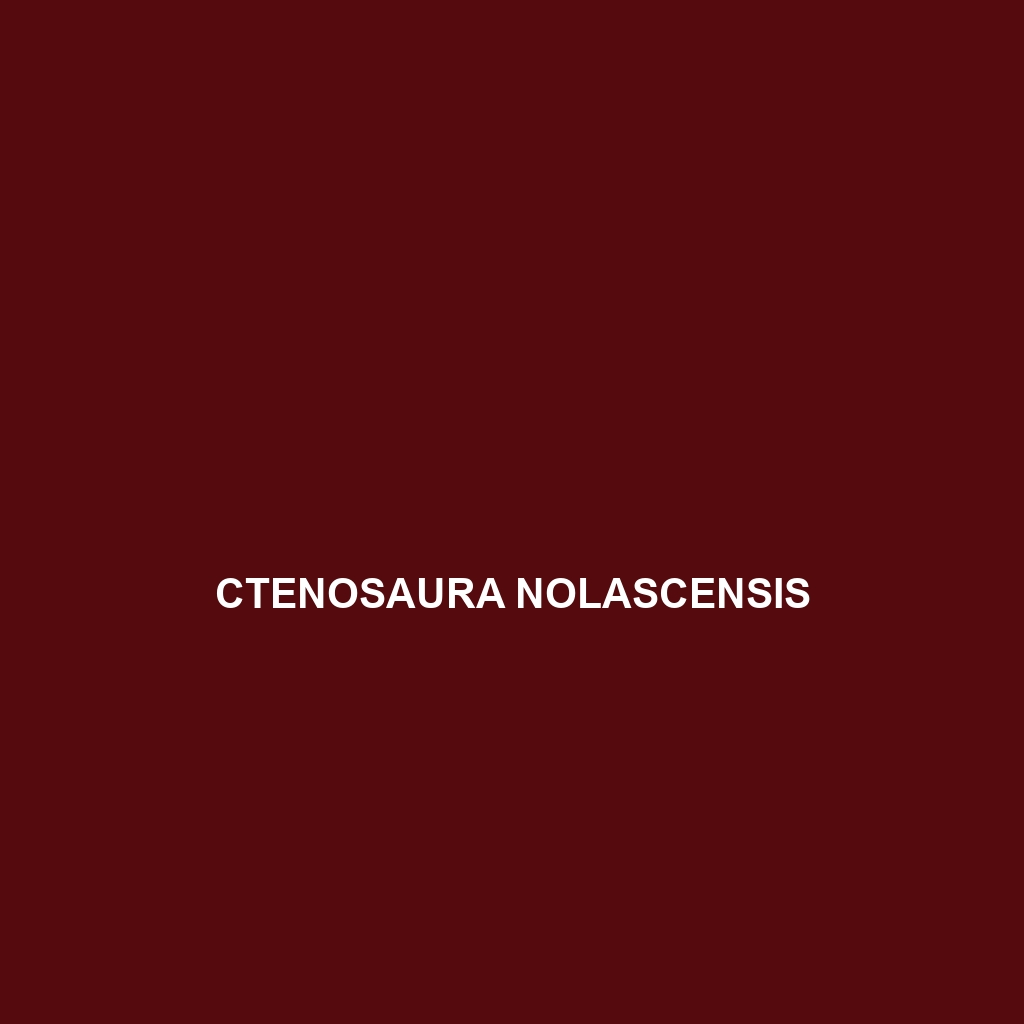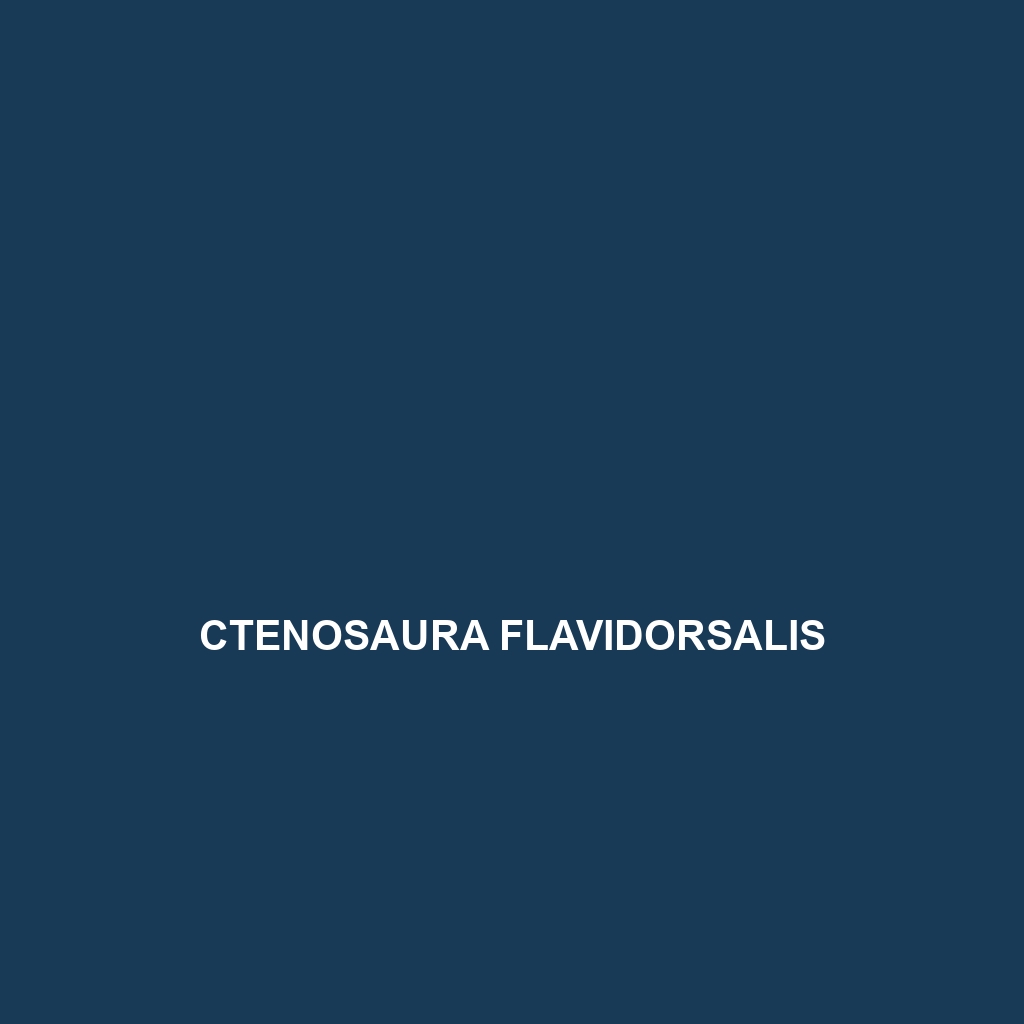<b>Phyllodactylus johnwrighti</b>, known as John Wright's phyllodactylus, is a nocturnal insectivore found in tropical dry forests and savannas of South America, characterized by its flattened body, adhesive toe pads, and ability to regenerate its tail. This adaptable lizard plays a vital role in controlling insect populations and maintaining ecosystem balance.
Tag: tropical dry forests
Phyllodactylus galapagensis
The Galápagos Gecko (Phyllodactylus galapagensis) is a small, nocturnal lizard found in the diverse habitats of the Galápagos Islands, characterized by its light brown or gray skin, enlarged toe pads for climbing, and a diet primarily consisting of insects. This species plays a vital role in its ecosystem by regulating insect populations and serving as prey for larger predators.
Cyrtodactylus thongphaphumensis
Cyrtodactylus thongphaphumensis, a slender gecko native to the limestone karst regions of Thailand, characterized by its light brown and beige coloration and nocturnal hunting instincts. Classified as vulnerable, this species plays a vital role in controlling insect populations within its subtropical habitat.
Cyrtodactylus guwahatiensis
Cyrtodactylus guwahatiensis, a gecko from Assam, India, known for its distinctive coloration and nocturnal behavior. This vulnerable species thrives in subtropical forests and plays a crucial role in controlling insect populations while serving as prey for larger predators.
Cubatyphlops biminiensis
Cubatyphlops biminiensis, commonly known as the Bimini blind snake, is a fossorial species found primarily in the Caribbean, particularly the Bahamas. This vulnerable serpent, reaching lengths of 30 to 45 cm, is characterized by its smooth, cylindrical body, secretive behavior, and diet primarily consisting of small invertebrates, playing a vital role in natural pest control and soil aeration.
Ctenosaura pectinata
Discover the Ctenosaura pectinata, or spiney-tailed iguana, a vibrant species native to the warm coastal regions of Mexico. This herbivorous reptile thrives in diverse habitats, reaching up to 70 cm in length, showcasing impressive climbing skills and playing a crucial role in maintaining ecological balance.
Ctenosaura melanosterna
Discover the black spiny-tailed iguana (Ctenosaura melanosterna), a robust herbivorous lizard native to the tropical dry forests of Mexico, known for its distinctive spiny scales and territorial behavior. This species thrives in rocky habitats and plays a crucial role in its ecosystem by aiding seed dispersal and serving as prey for larger predators.
Ctenosaura nolascensis
The Ctenosaura nolascensis, also known as the Mexican Spinytail Iguana, is a medium-sized, herbivorous lizard native to the dry forests of Mexico's Baja California Peninsula, recognized for its distinctive spiny crest and impressive climbing abilities. This species is vulnerable due to habitat loss and the pet trade, playing a vital role in its ecosystem through seed dispersal.
Ctenosaura conspicuosa
Introducing the Ctenosaura conspicuosa, or splendid spiny lizard, a vibrant species native to the tropical dry forests of Central America, characterized by its robust body, spiny dorsal scales, and a diet of insects and fruits. Primarily diurnal, these agile lizards exhibit fascinating territorial behaviors and play a vital role in their ecosystem by controlling insect populations.
Ctenosaura flavidorsalis
Discover the Ctenosaura flavidorsalis, or Yellow-spotted Spiny-tailed Iguana, a striking herbivorous reptile native to Central America's tropical dry forests. With its robust build, distinctive bright yellow spots, and impressive climbing abilities, this vulnerable species plays a vital role in ecosystem dynamics through seed dispersion and serves as prey for local predators.







